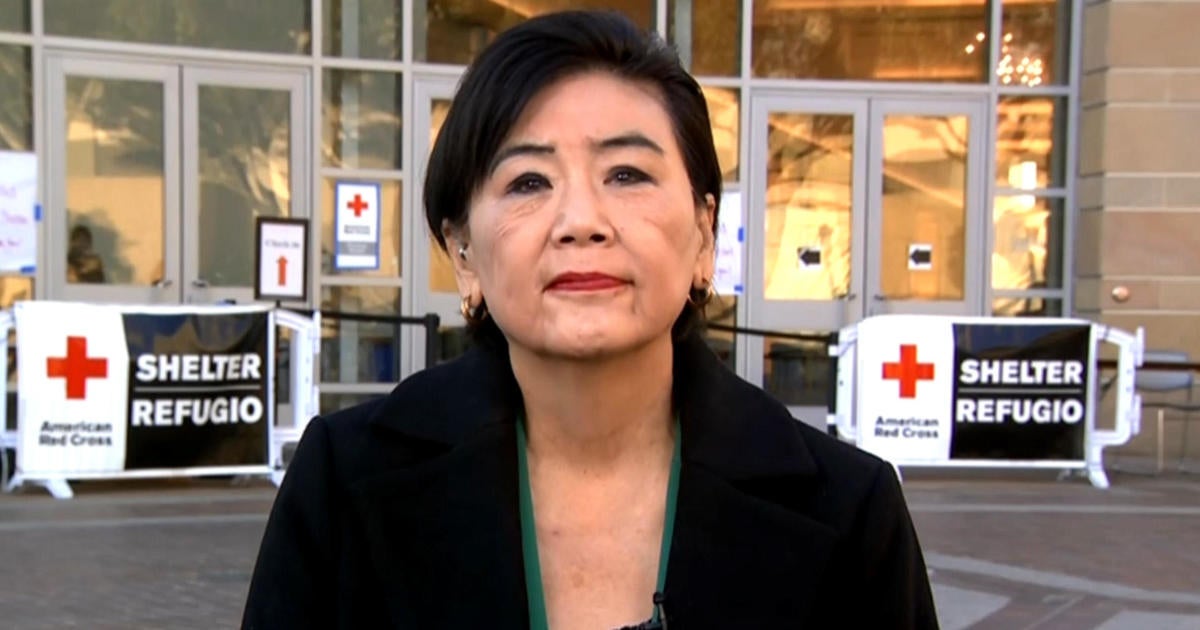Rep. Judy Chu Advocates for Fire Agencies: Water Availability and Future Wildfires
In the face of increasing wildfire risks, Rep. Judy Chu has recently voiced her support for fire agencies’ assurances regarding water availability for wildfire suppression. This statement, while optimistic, raises significant questions about whether there truly is enough water to combat future wildfires, especially given the shifting climate conditions impacting our ecosystems and water resources.
Understanding the Current Fire Landscape
California has been at the forefront of wildfire challenges in recent years, with fires growing in intensity, frequency, and duration. The 2020 wildfire season was one of the most devastating on record, with over 4 million acres burned, leading to extensive property damage and loss of life. Fire agencies across the state, including Cal Fire, have been working tirelessly to combat these blazes, often relying on aerial support and ground crews for effective suppression.
Rep. Judy Chu, representing California’s 28th congressional district, has been a staunch advocate for these fire agencies, emphasizing the need for adequate resources and support. In her recent remarks, she highlighted that fire agencies have assured her that they have sufficient water resources at their disposal. This assertion, however, requires a closer examination, especially when viewed against the backdrop of ongoing environmental changes.
The Reality of Water Availability
While fire agencies may express confidence in their water supply, the reality of water availability is more complex. Climate change has increasingly impacted precipitation patterns, leading to prolonged droughts in California. According to the U.S. Drought Monitor, significant portions of California have faced severe drought conditions in recent years, affecting both agricultural and urban water supplies.
Here are several critical factors to consider:
- Reservoir Levels: Many of California’s reservoirs have faced reduced capacity due to prolonged droughts, which directly impacts water supply for firefighting efforts.
- Water Rights and Allocation: Competing demands for water from agriculture, urban areas, and the environment complicate how much water can be allocated for fire suppression.
- Climate Change Effects: As temperatures rise and rainfall patterns shift, the risk of wildfires can increase, creating a vicious cycle where more water is needed to combat more frequent fires.
Expert Opinions: A Question of Confidence
Experts from various fields have weighed in on the assurances made by fire agencies. Some agree that while there may be resources available now, the long-term outlook is less certain.
Dr. Susan Smith, a climatologist at the University of California, notes that “as climate conditions continue to evolve, the availability of water will likely fluctuate, and we cannot rely solely on current assurances.” She emphasizes the importance of planning for the future, particularly in regions prone to wildfires.
Moreover, environmental scientists have raised concerns about the ecological impacts of excessive water withdrawal from natural sources to combat wildfires. Over-reliance on certain water sources can disrupt local ecosystems, leading to unintended consequences that may further exacerbate fire risks.
Innovative Solutions for Water Management
Given the challenges surrounding water availability, there is a pressing need for innovative solutions to manage this vital resource effectively. Here are some strategies that could be explored:
- Rainwater Harvesting: Implementing systems to collect and store rainwater can provide additional water supplies for firefighting.
- Desalination Technologies: Coastal regions might consider investing in desalination plants to create a more reliable water source, although this comes with its own environmental considerations.
- Water Recycling: Encouraging water recycling initiatives can help ensure that water is reused effectively, potentially alleviating pressure on freshwater sources.
Community Engagement and Preparedness
Alongside these technological solutions, community engagement plays a crucial role in wildfire preparedness. Fire agencies often rely on local communities to be proactive in fire prevention efforts. This includes:
- Creating Defensible Space: Homeowners can take steps to create defensible space around their properties, reducing the risk of flames spreading.
- Community Education: Educating communities about the importance of water conservation can help ensure that there is water available when needed most.
- Emergency Response Training: Training community members in basic emergency response can enhance local preparedness and response capabilities.
Conclusion: A Call for Continued Vigilance
While Rep. Judy Chu’s advocacy for fire agencies and their confidence in water availability is commendable, it is essential to approach this topic with a critical eye. The interplay of climate change, water resource management, and wildfire risks presents a complex challenge that requires ongoing attention and innovative solutions.
As we look to the future, the collaboration between government agencies, environmental experts, and local communities will be vital in mitigating the impact of wildfires. By fostering an environment of preparedness and adaptability, we can work towards a safer and more resilient approach to managing our natural resources in the face of uncertainty.
In summary, while the assurances from fire agencies provide some comfort, the reality of water availability amid changing climate conditions is fraught with challenges. Continuous monitoring, innovative management, and community involvement are essential components of a comprehensive strategy to combat future wildfires effectively.
See more Your Daily Weather



